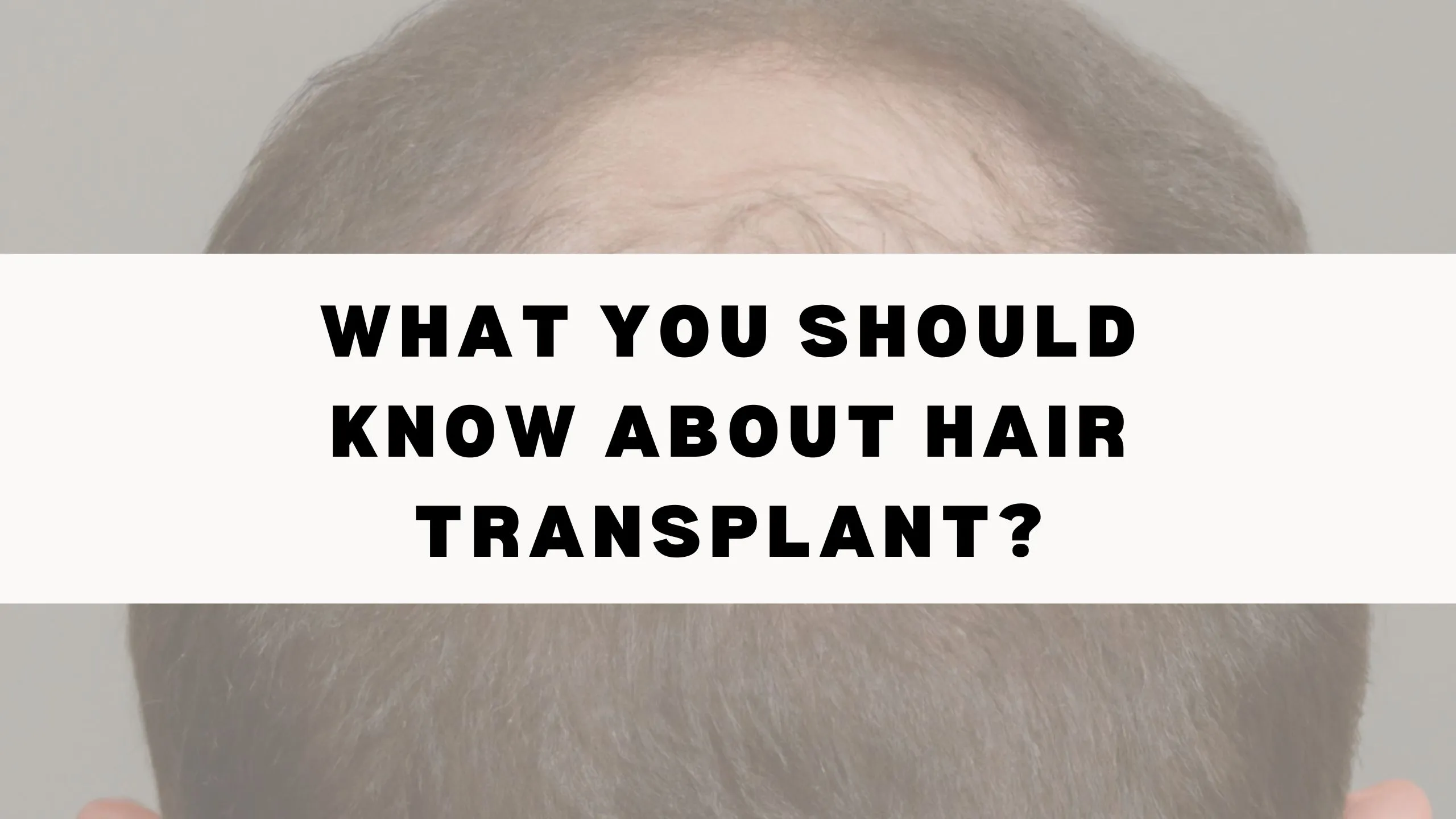The term “hair transplants,” may think of the obvious, patchy plugs that were used in the past. However, there has seen a dramatic improvement in hair transplant techniques.
Hair transplantation, is an outpatient operation that moves hair follicles from one part of the scalp to another using micrografting technology.
A hair transplant can show long-lasting effects for years, unlike other methods of hair restoration. There will be downtime as you recoup from the operation. This is why hair transplant candidates typically have a history of substantial hair loss on their scalp.
The outcomes, common techniques, and alternatives to hair transplants are all covered in this article.
How long will it last?
It takes time for the skin to recover when hair follicles are grafted into balding areas. For the first three months following the treatment, it is common for some hair loss to occur.
It may take between six and twelve months to recover. After the healing process, the transplanted follicles will start to grow hair and cover the bald spots on your scalp.
This is hair that will continue to grow organically as you get older.
Involuntary relocation of hair follicles is irreversible. However, just like your natural hair follicles, the transplanted hair follicles will eventually stop growing and they’re not growing nearly as much hair as they once did.
Do you think you might need another one at some point?
You may need more hair transplant procedures after the first one. The surgeon will tell certain patients that they will need to undergo further transplant sessions before they can achieve the desired outcomes.
After their first hair transplant has healed, some patients are so happy with the results that they opt to try to cover up even more bald spots.
Different kinds of medical treatments
Two “contemporary” methods of hair transplantation are now in use.
Follicular Unit Transplantation (FUT): a hair transplant method using a person’s own hair follicles from the scalp to regions with hair loss.
During a follicular unit extraction (FEU), hair follicles are extracted from various points on the scalp and transplanted to bald or thinning areas.
It’s been established that both FUE and FUT hair transplants are long-lasting solutions. After your hair transplant surgery, you will have to wait a while to see the results.
For the first few months after a hair transplant, it is common to see increased hair loss while the transplanted follicles begin to repair. Your doctor or healthcare team should inform you that this is typical and to be expected.
Eventually, once the transplanted hair has taken root and the recipient area has healed, new hair will begin to grow.
You may expect the hair to grow in naturally and match the rest of your hair in terms of texture and length. You can style, color, and cut the transplanted hair from a micrograft procedure as you see fit.
Long-Term Prospects and Implications
If you took good care of your new hairline, the results of your hair transplant procedure could last for decades. Even though thinning follicles can lead to hair loss as you get older, most people can expect to keep growing some hair for the rest of their lives.
If your hair loss keeps going on, your hairline won’t recede in the same “pattern” as it did before. Your doctor should tell you in detail what they will do to ensure your hair looks natural and even after your hair transplant.
When to consult a physician
Talk to your doctor if you’re experiencing low self-esteem because of your thinning hair. Hair loss is a side effect of some medical disorders and medicines. Before getting a hair transplant, it’s possible you’ll have to rule out some of those potential contributing causes.
No system of credentials exists to thoroughly examine potential hair transplant surgeons. This is why it is crucial to make an informed decision about which doctor to visit for this surgery.
Find a doctor or clinic that focuses on hair transplantation. Dermatologists, plastic surgeons, and cosmetic surgeons all fall within this category. Before scheduling an appointment, make sure you and your potential hair transplant provider have discussed your expectations as well as looked at multiple sets of before and after images.
Conclusion.
When it comes to treating hair loss, a hair transplant is the only option for those with balding scalps. Hair transplants are thought to be permanent, as it’s difficult to undo the surgery.
The results can be long-lasting, providing you have chosen a skilled professional who understands how to create a natural-looking layout.
If your hair fall is in starting stage try Folifort today and take back control of your hair naturally! Reclaim your youthful head of hair and enjoy the confidence that comes with it. Click here to start your journey to healthier, stronger hair today!



